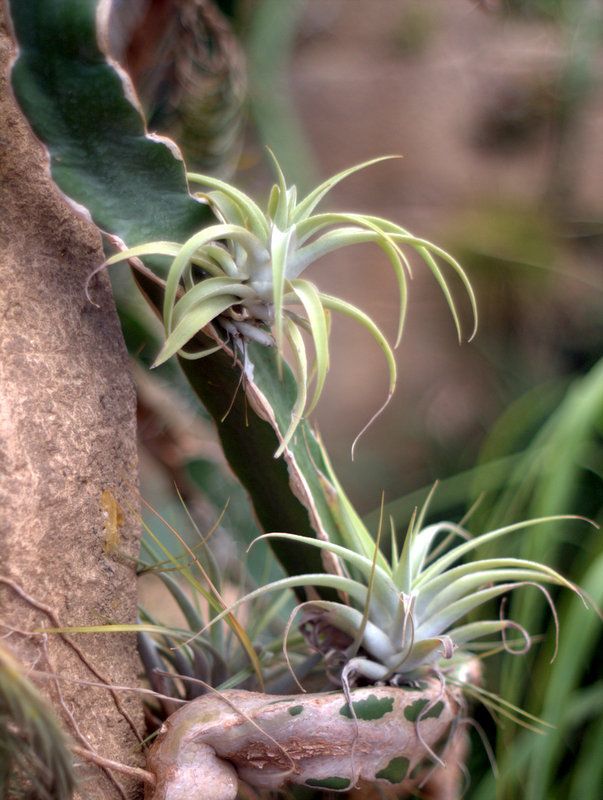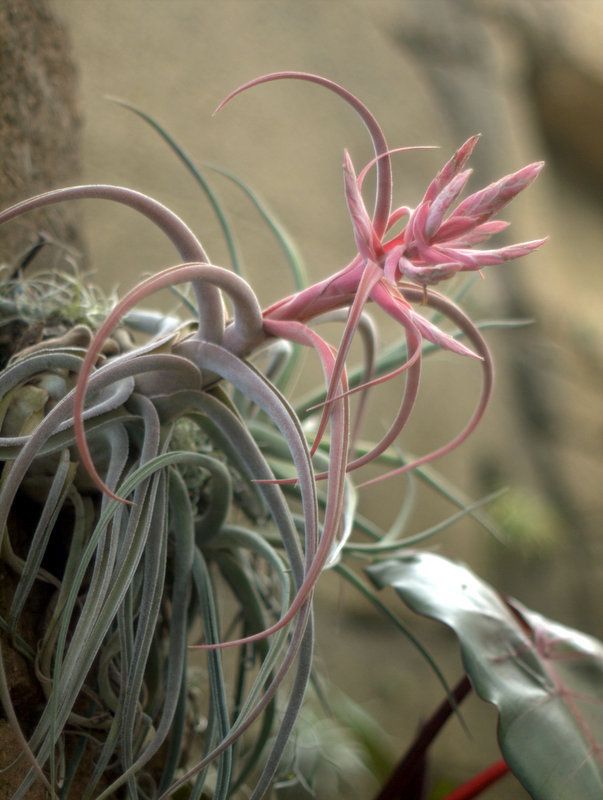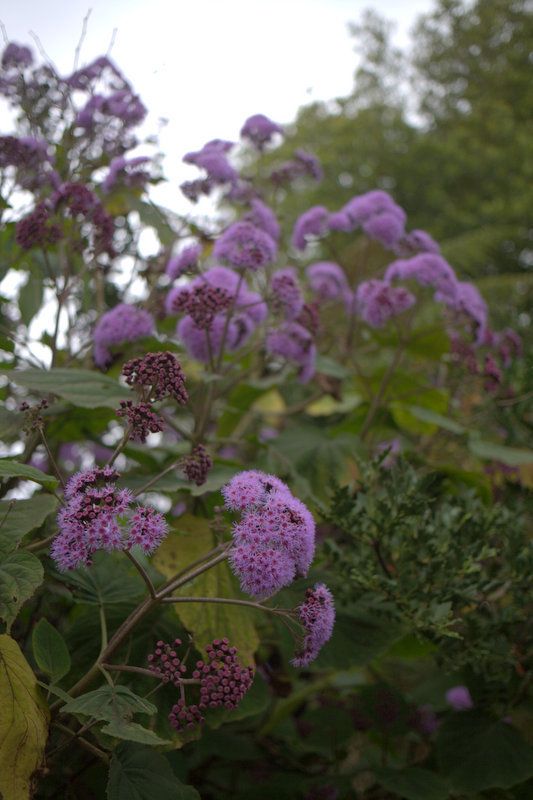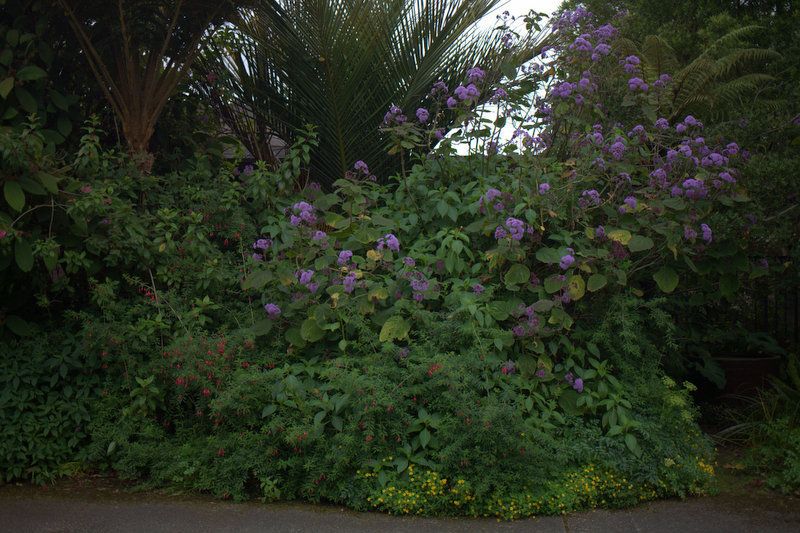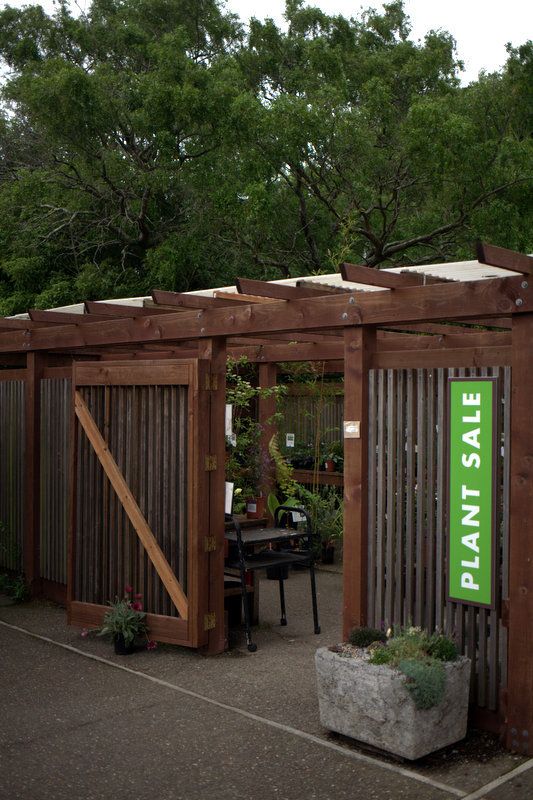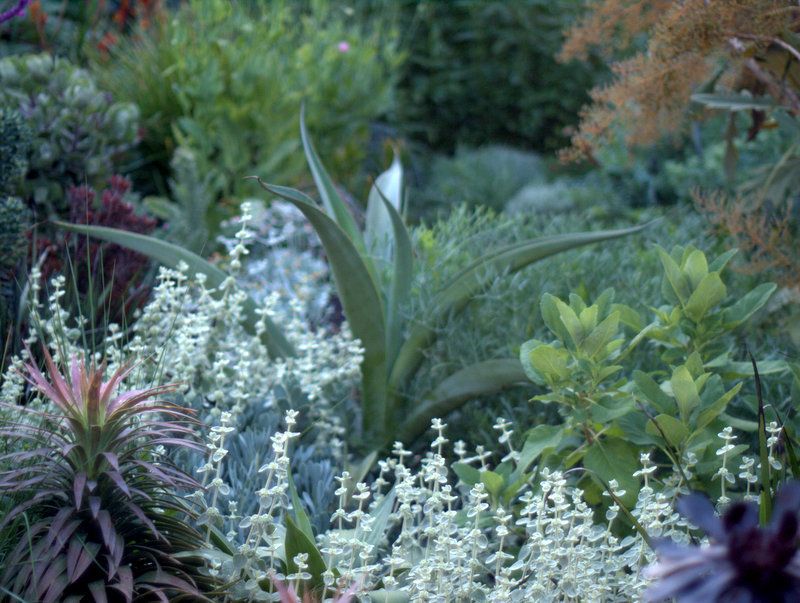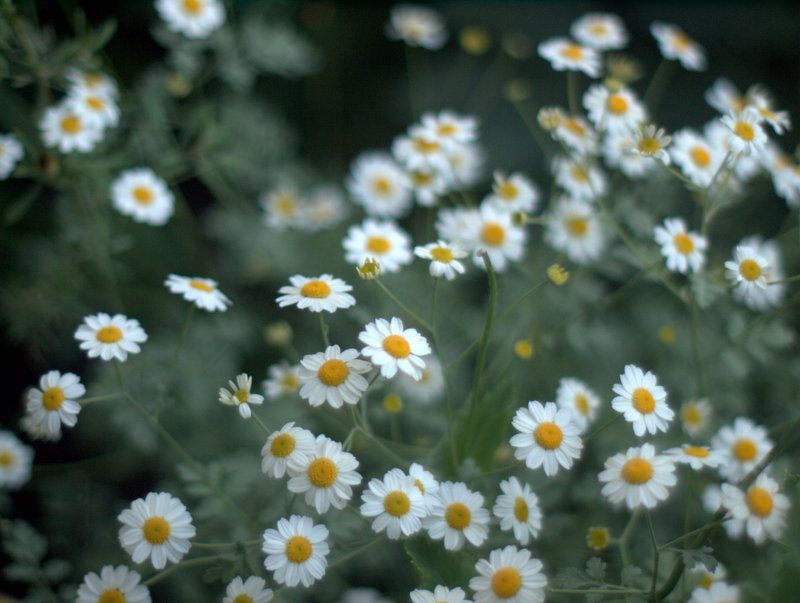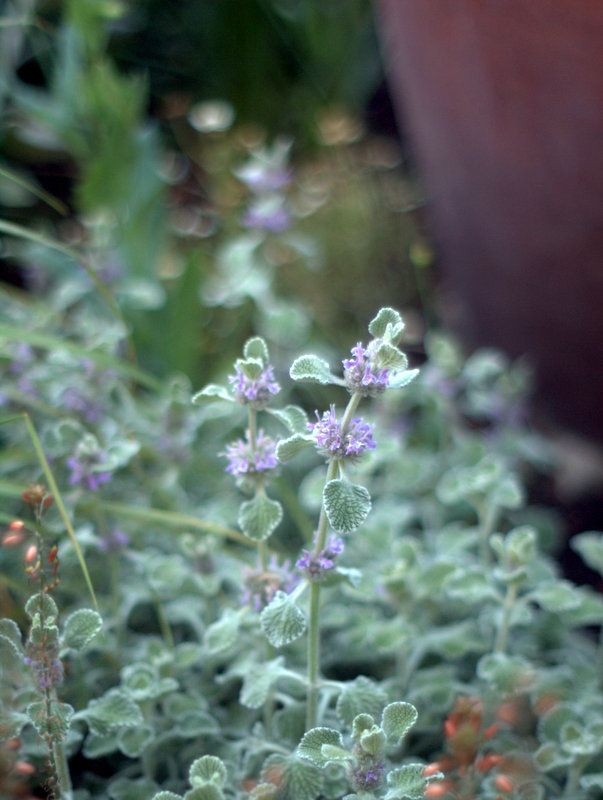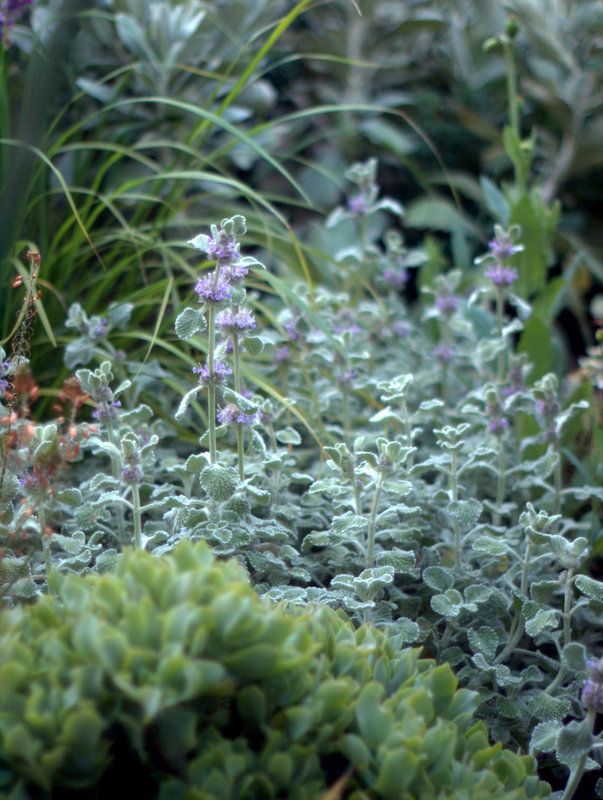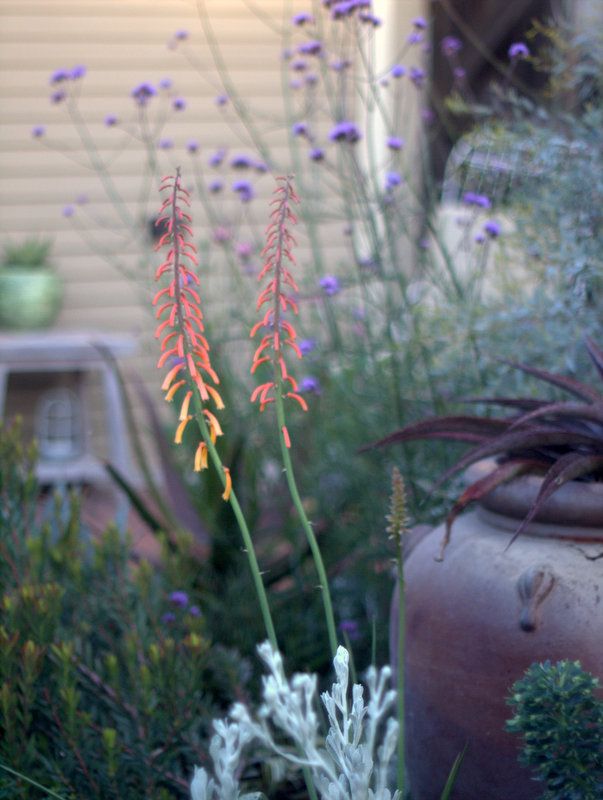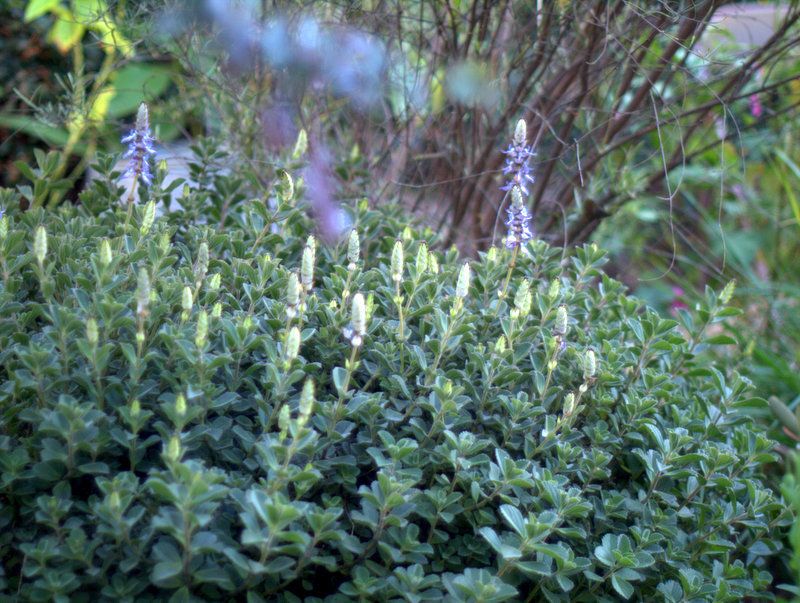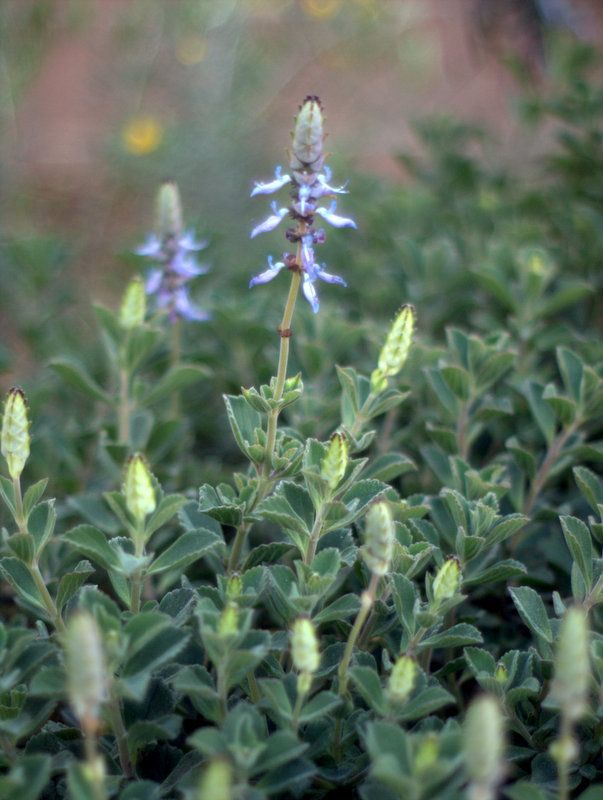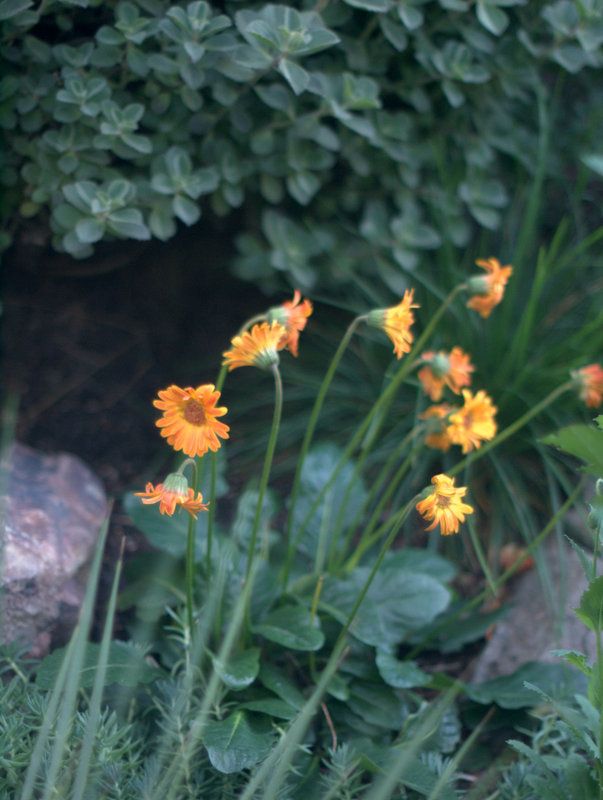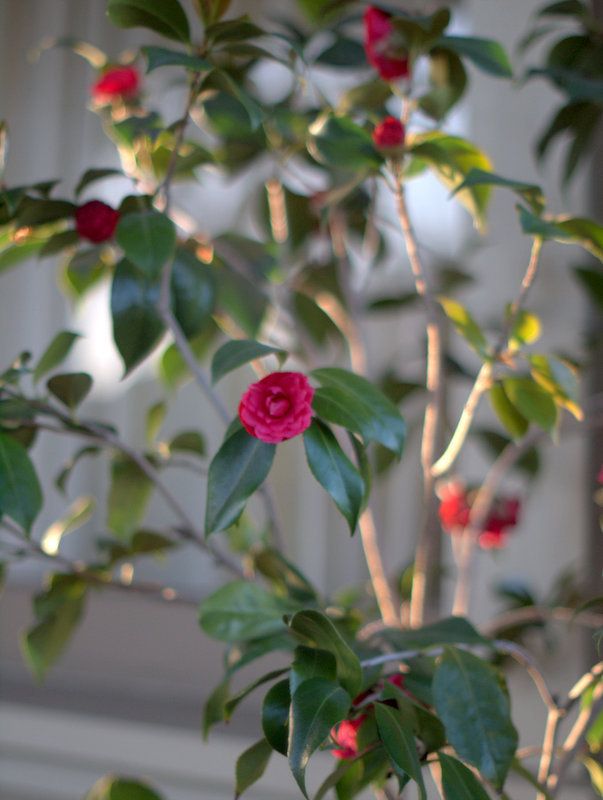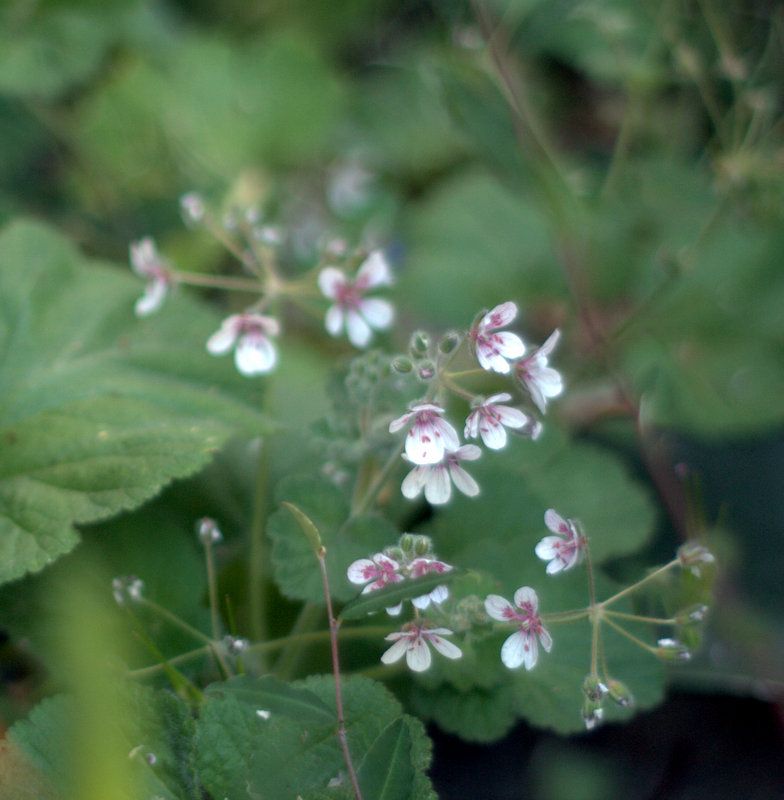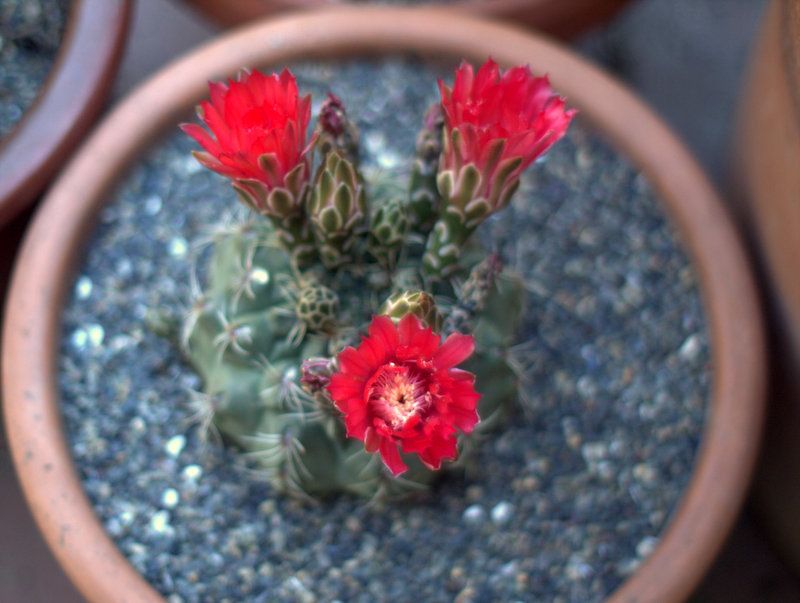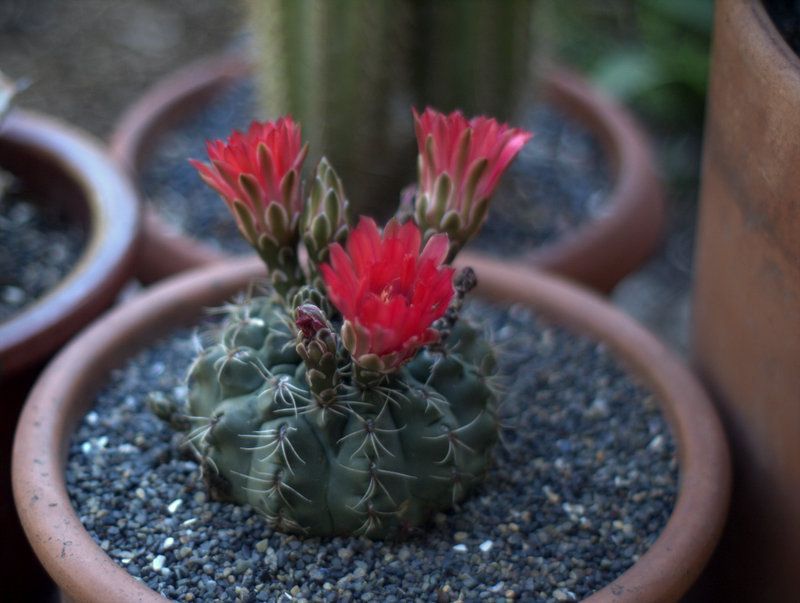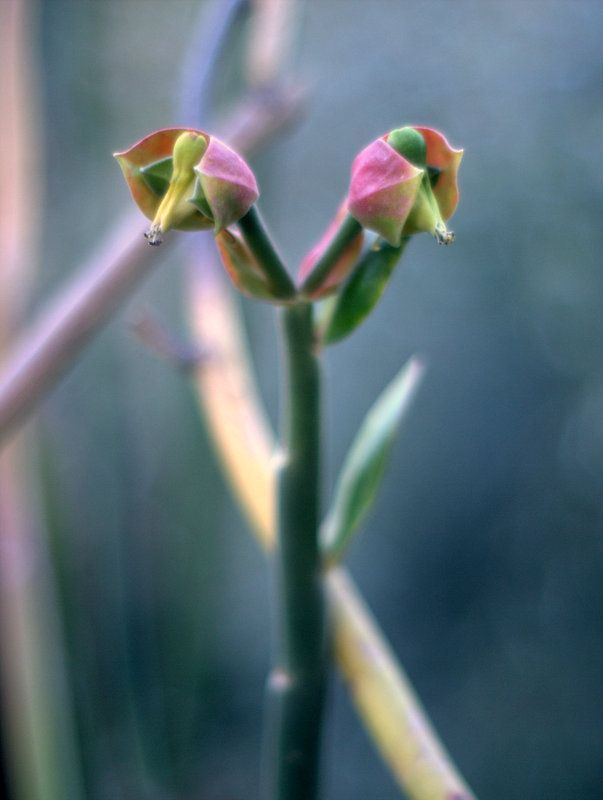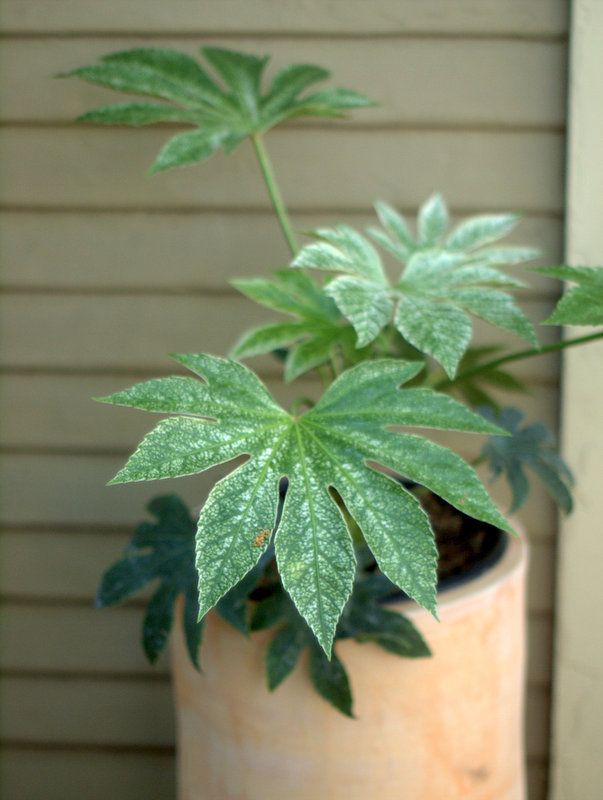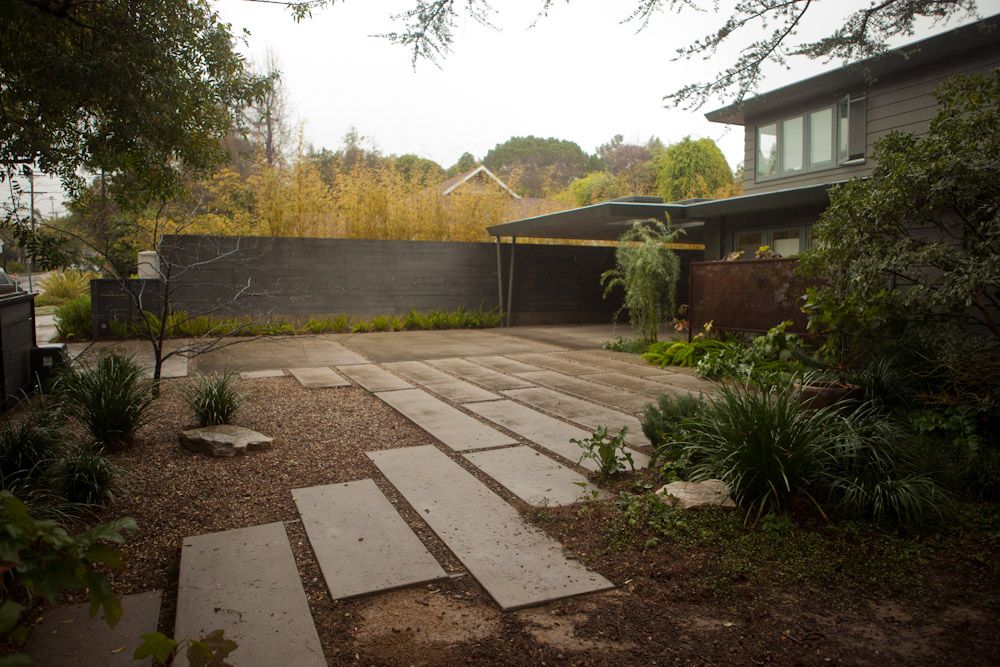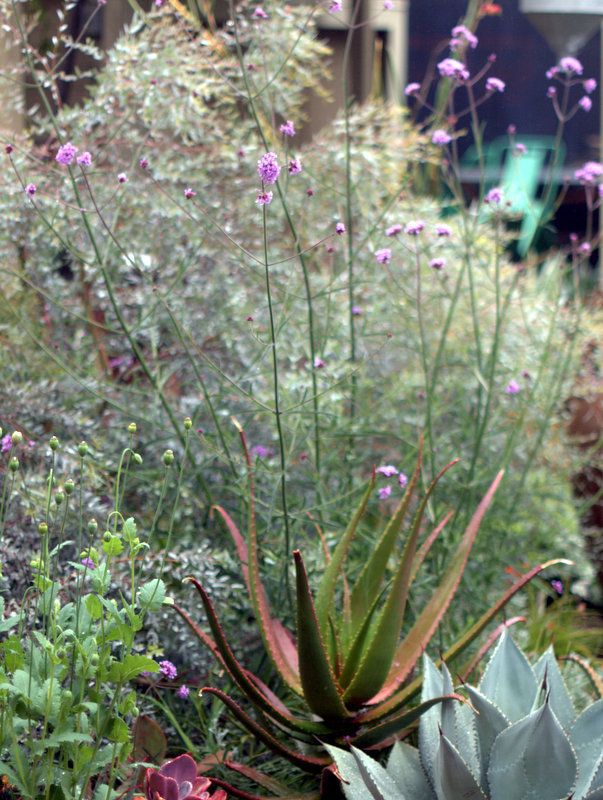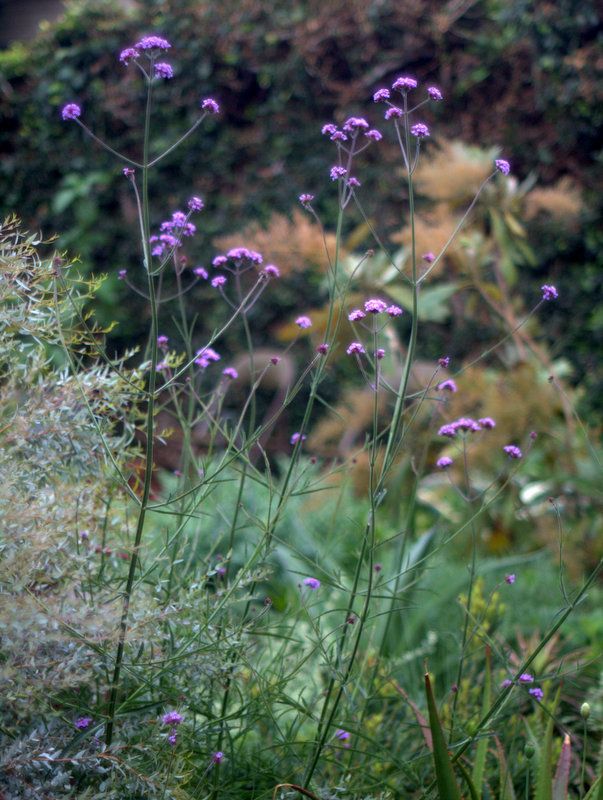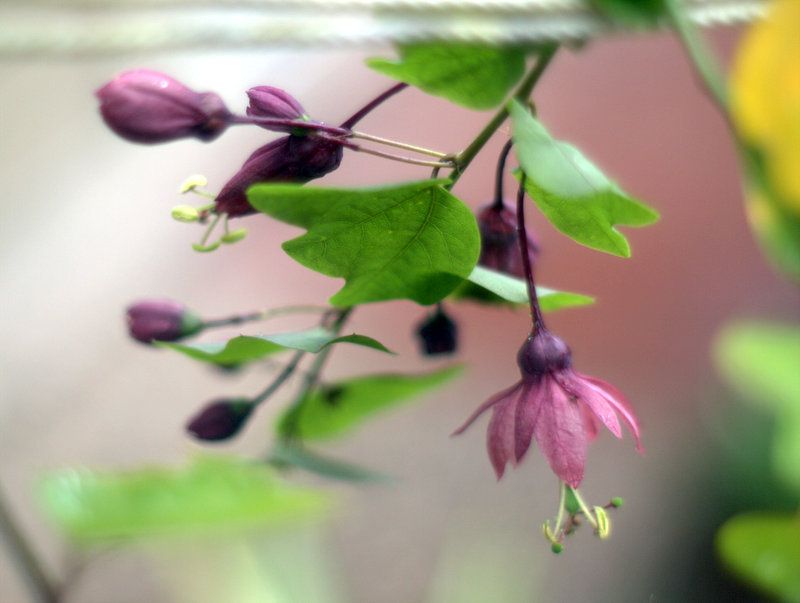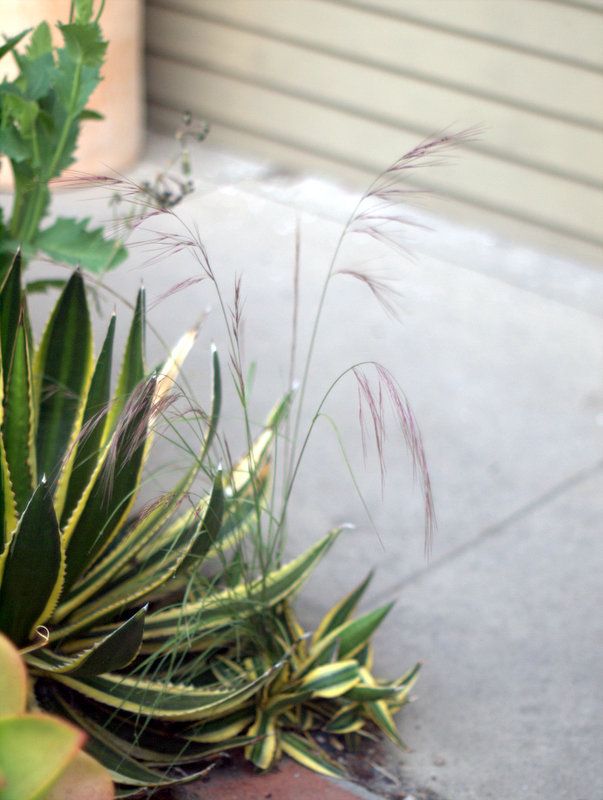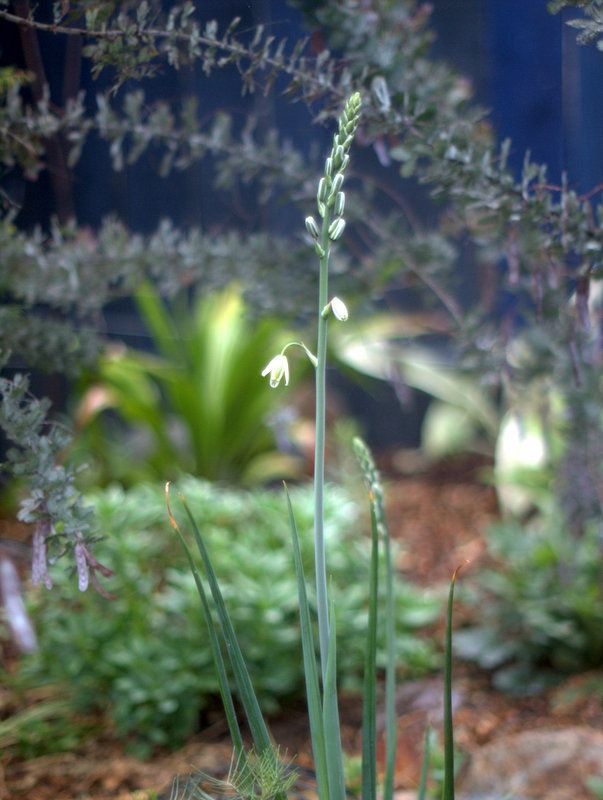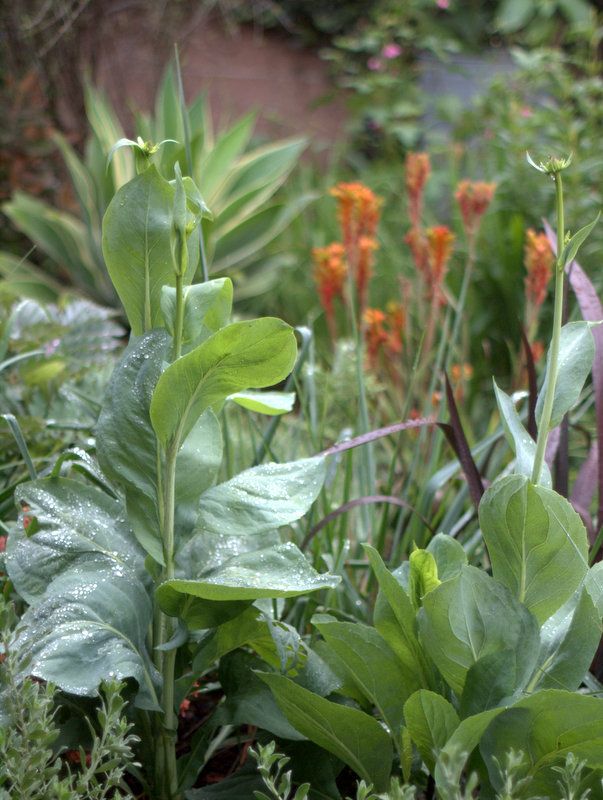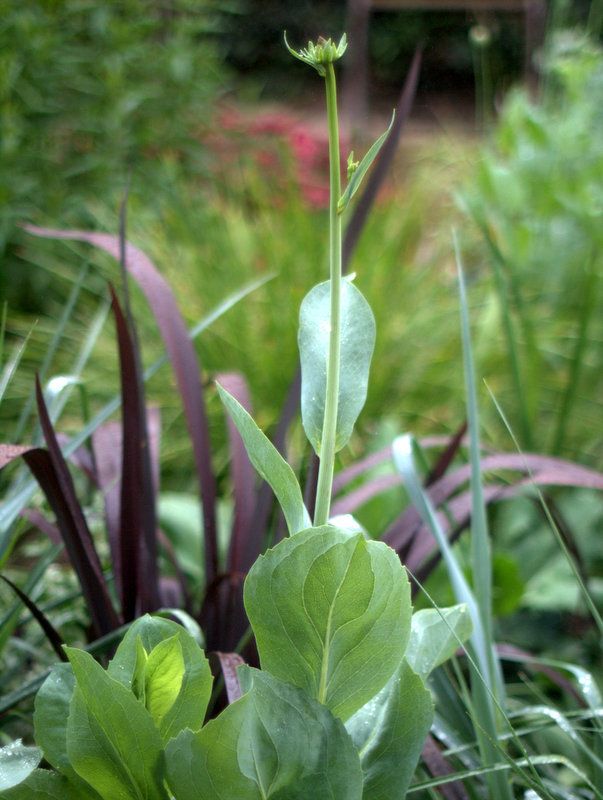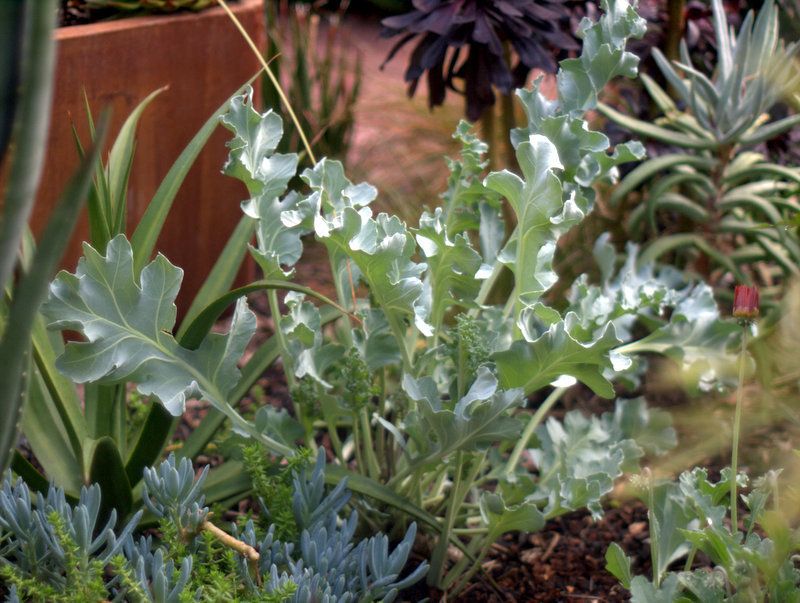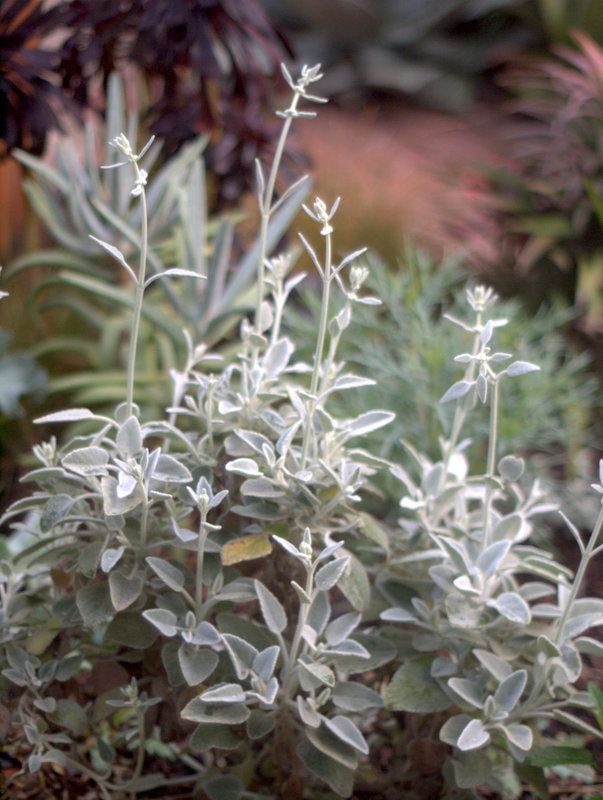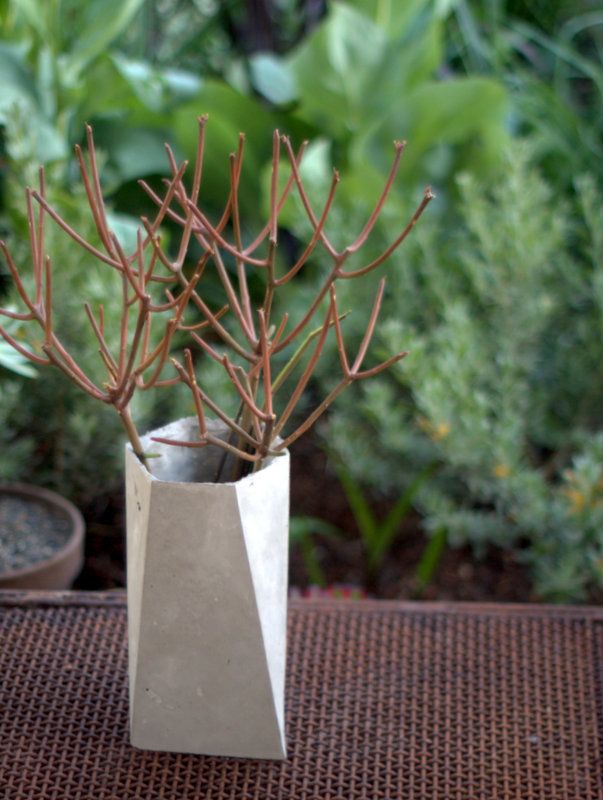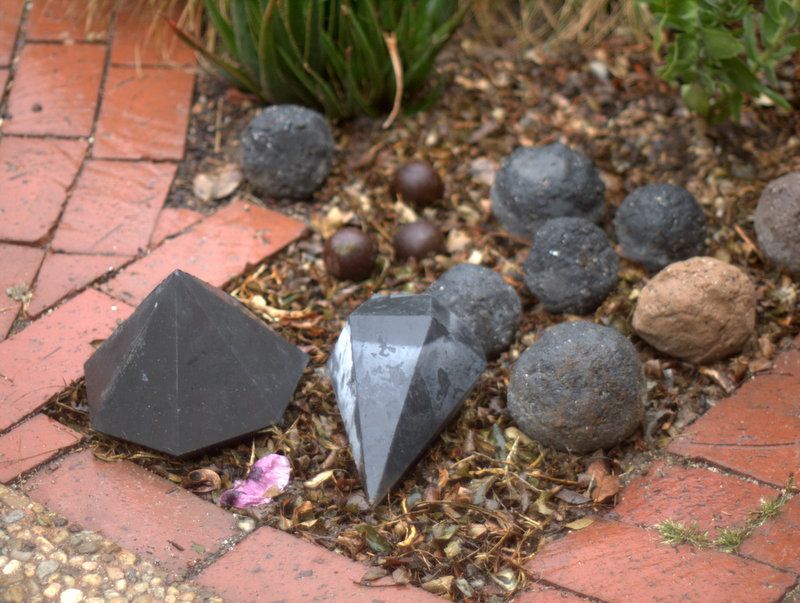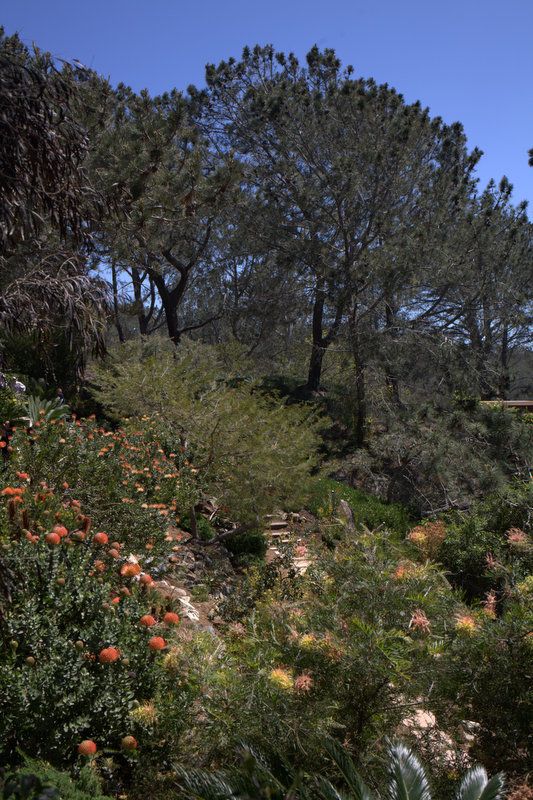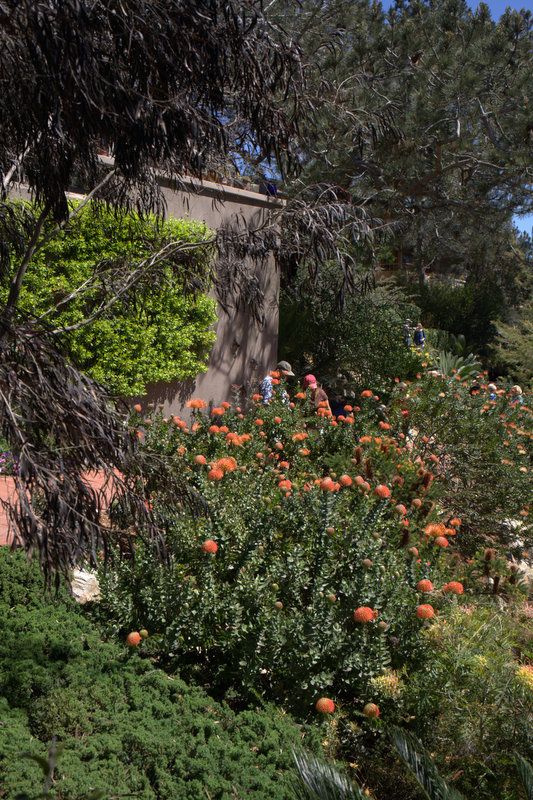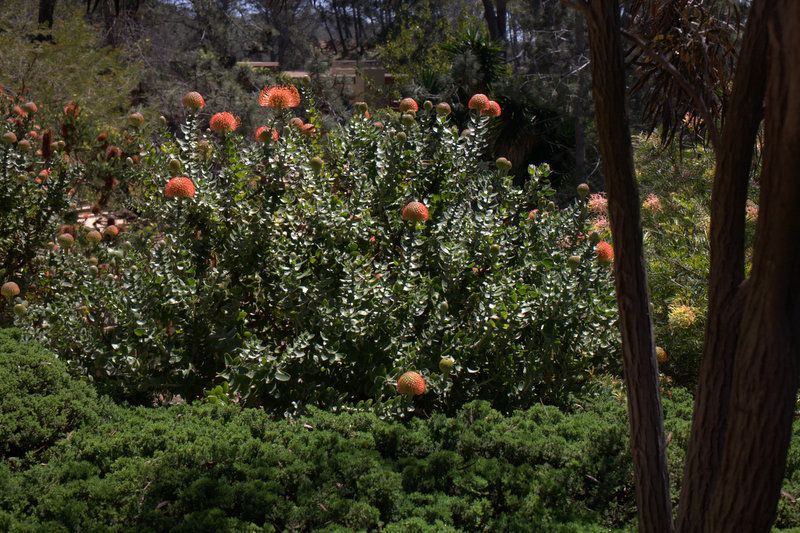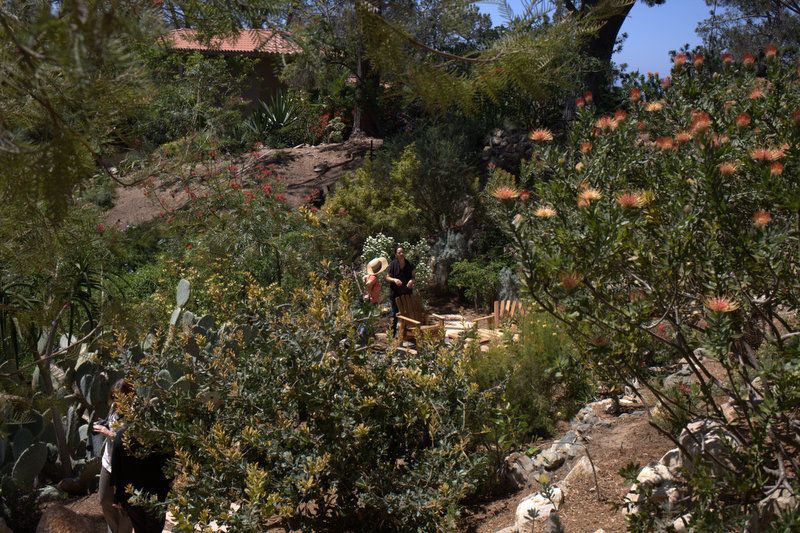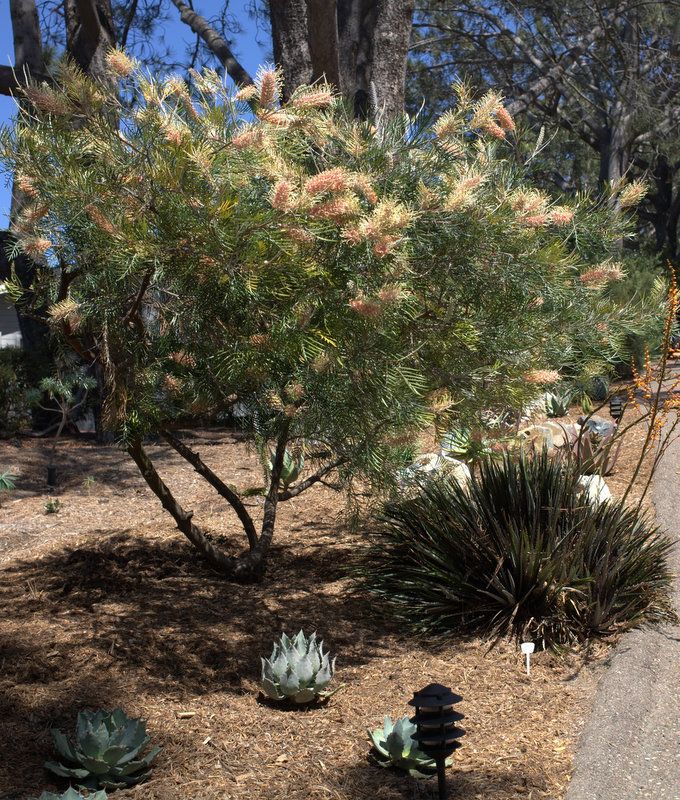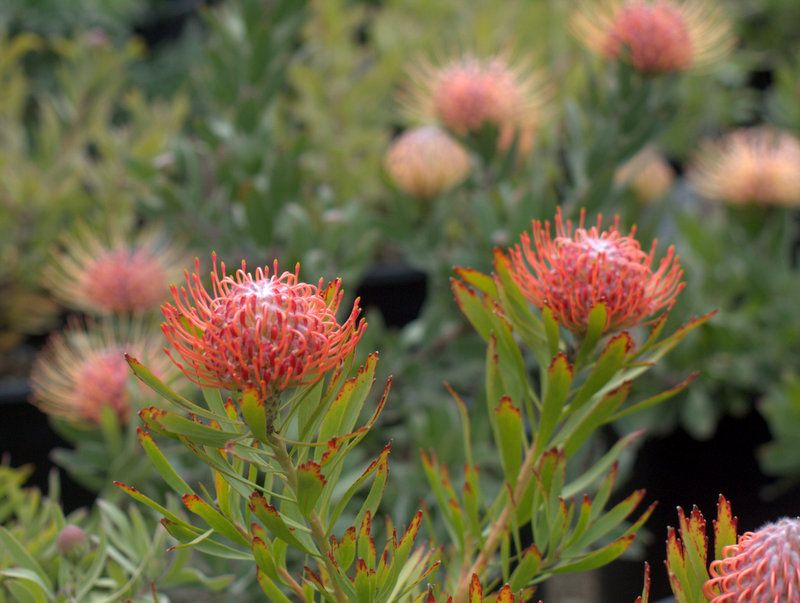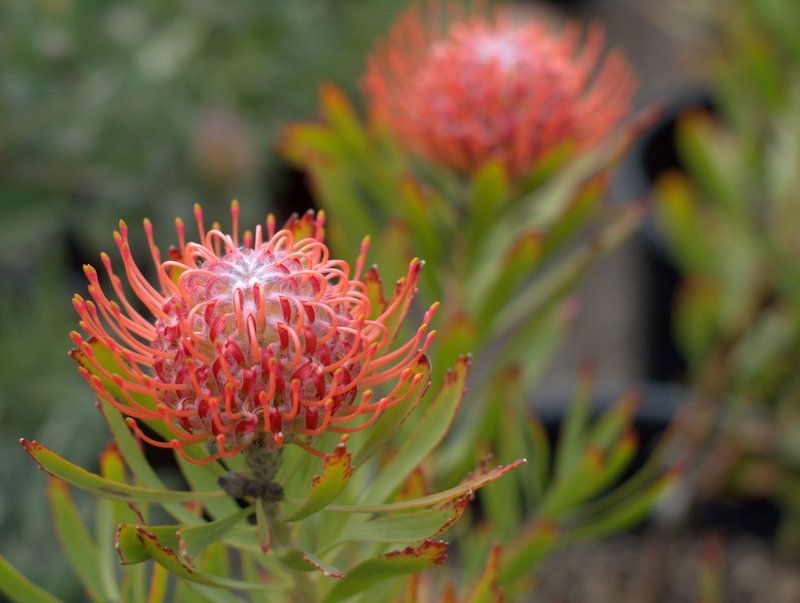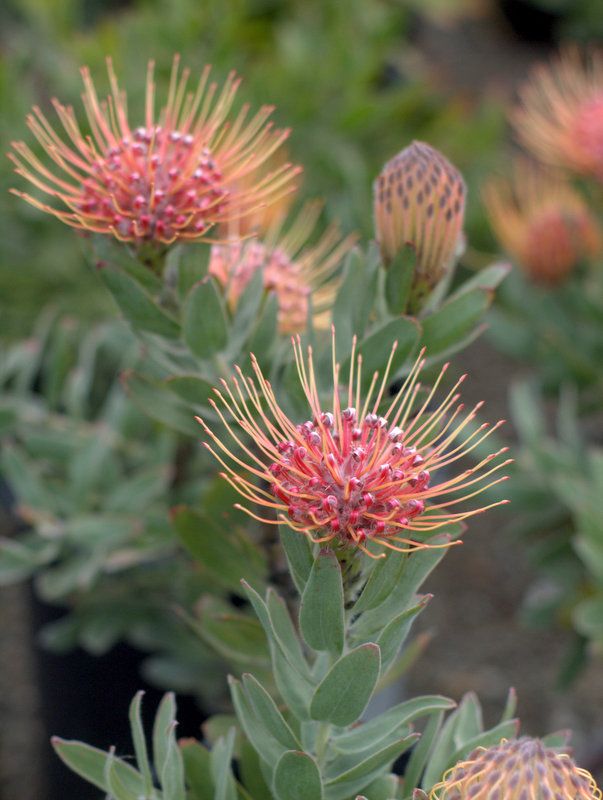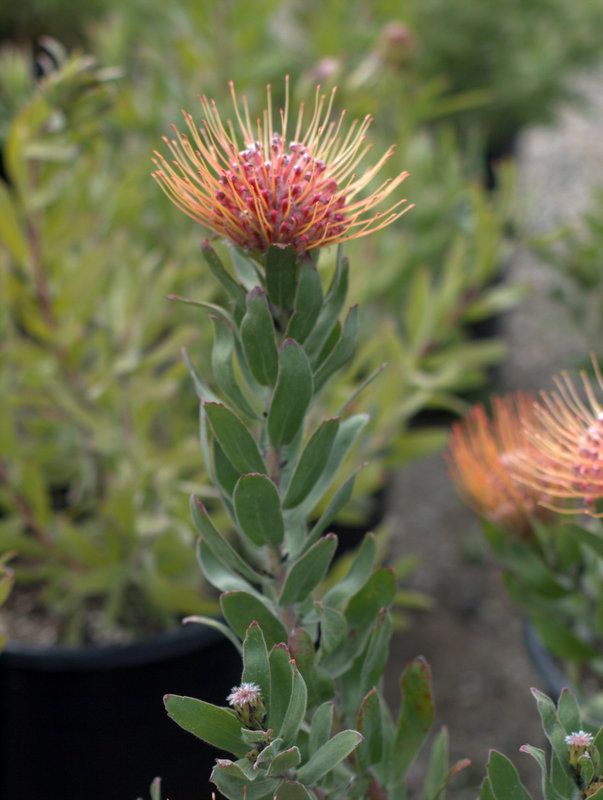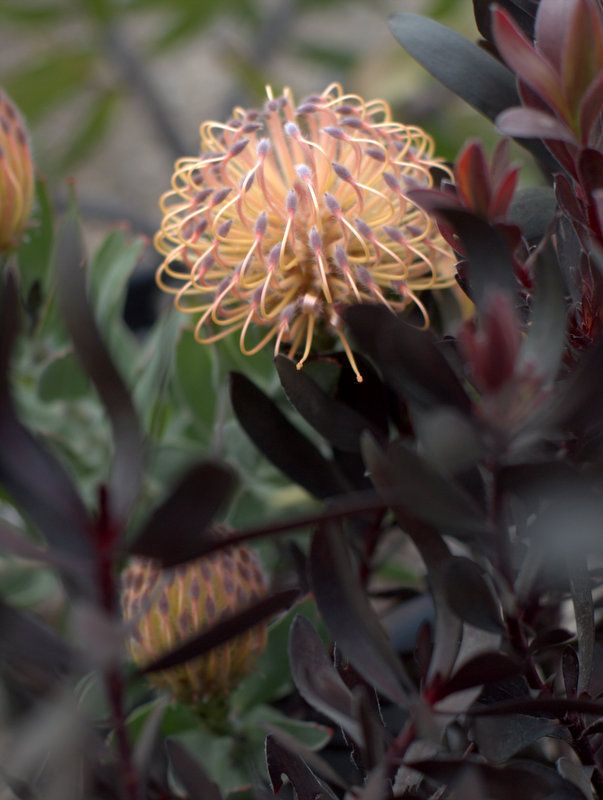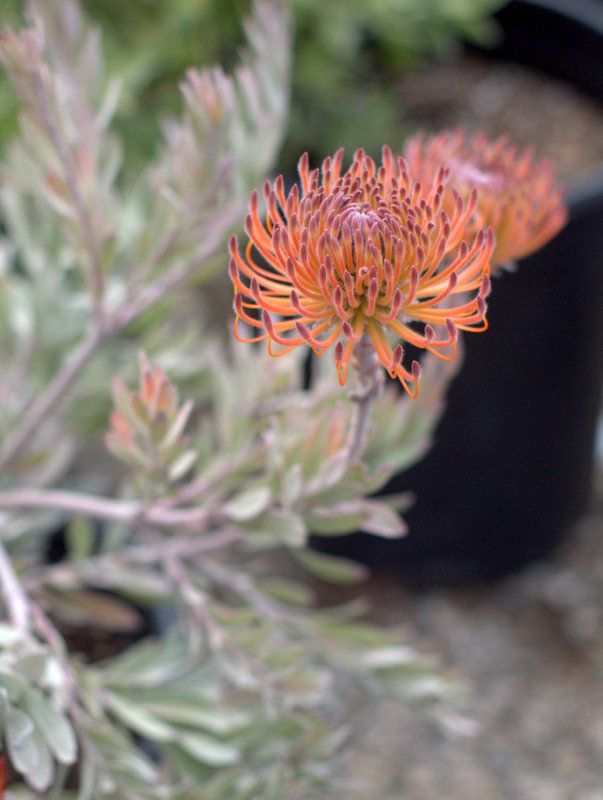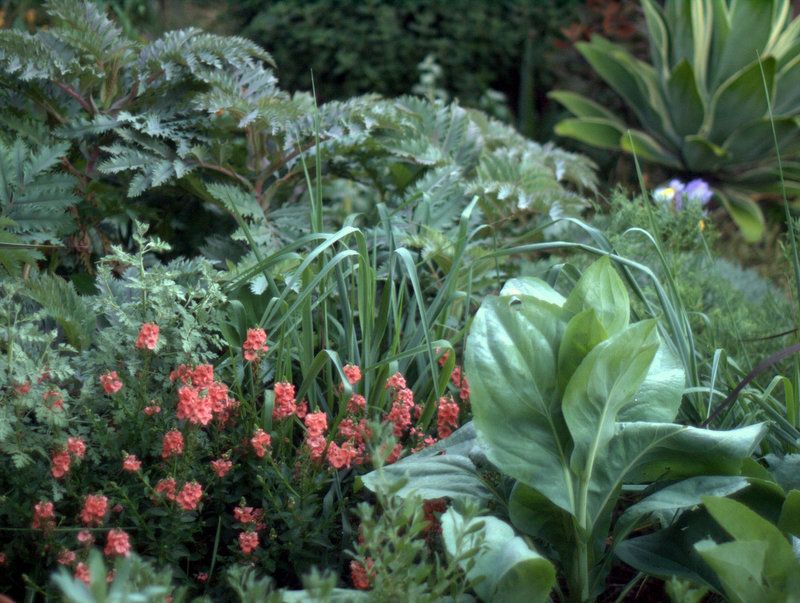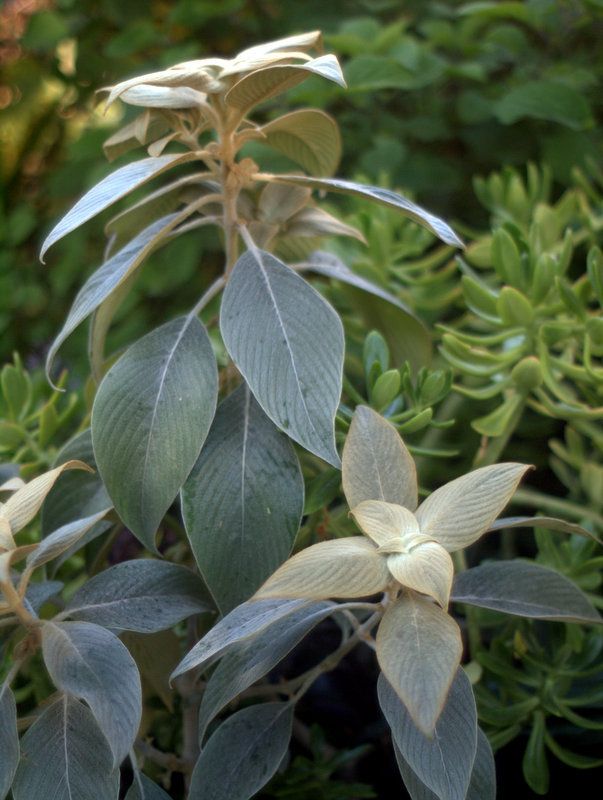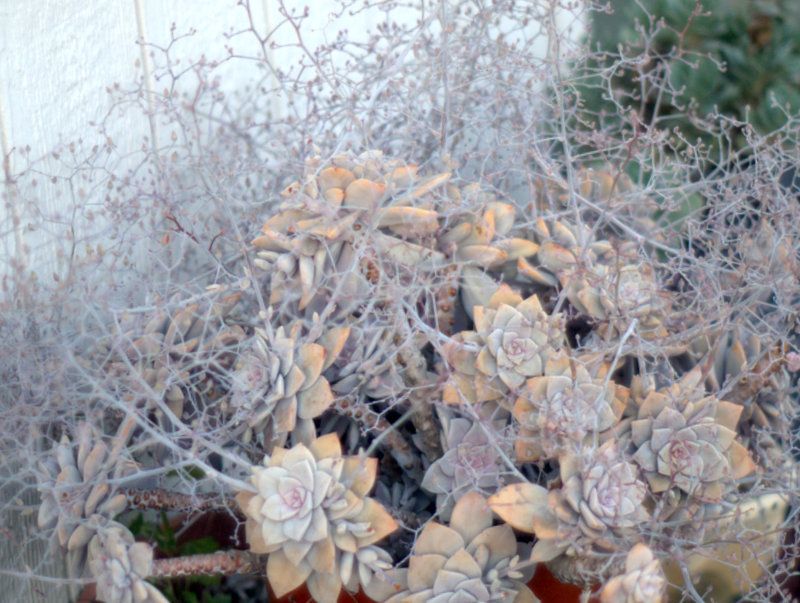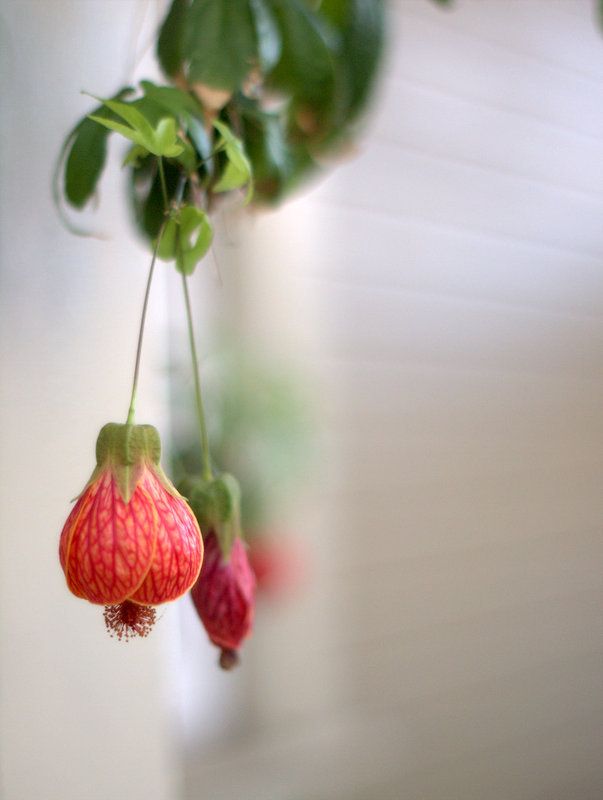Another example of the odd juxtapositions that occur in my garden from year to year, due to an unremitting curiosity about plants I just don’t get to see locally:
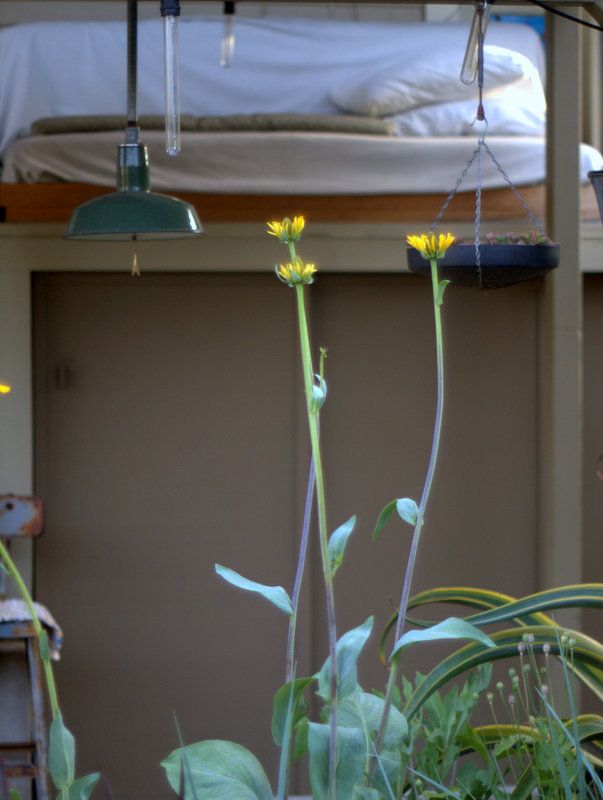
Lights, laundry shed, giant coneflower!
The cabbage coneflower, Rudbeckia maxima, known for growing in moist ditches from Arkansas to Texas, bizarrely enough, is settling into my dryish garden in Los Angeles without much fuss.
It’s too early to tell still, but it unwiltingly sailed through unseasonal high temperatures into the 90s in April. Those are some tough, leathery, cabbagey leaves.
And I do appreciate such enthusiastic blooming in its first year. I’m still waiting for 3-year-old clumps of ‘Totally Tangerine’ geum and ‘Terracotta’ yarrow to bloom.
The conventional wisdom is to let the rudbeckia’s flowers turn into seedheads, sit back, and then watch the birds feast. Up above the shed, I’ve got the cushions ready.
If like me you crave height and movement from a summer garden, this rudbeckia is for you. And if you have a moist ditch, even better.
Elsewhere in the garden…
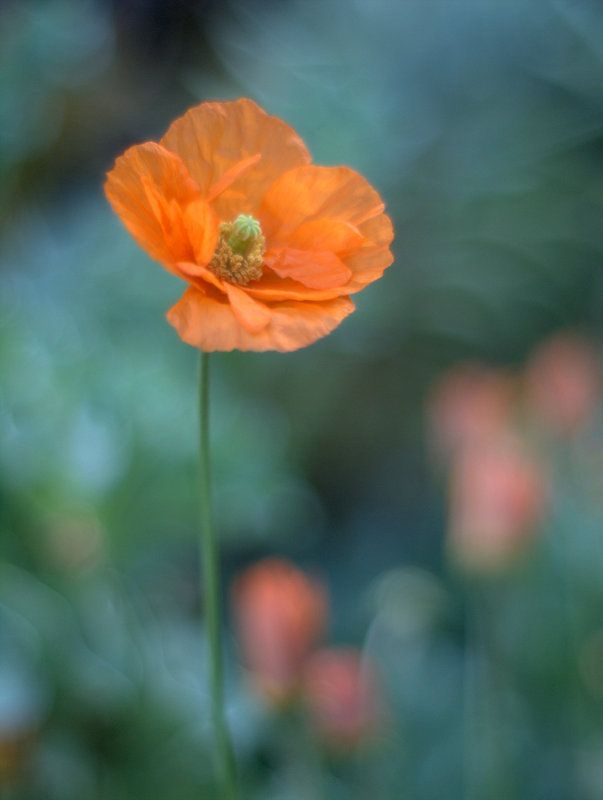
Papaver rupifragum. No uncertainties about this poppy. It’s been reseeding here for ages and loves a dry garden.
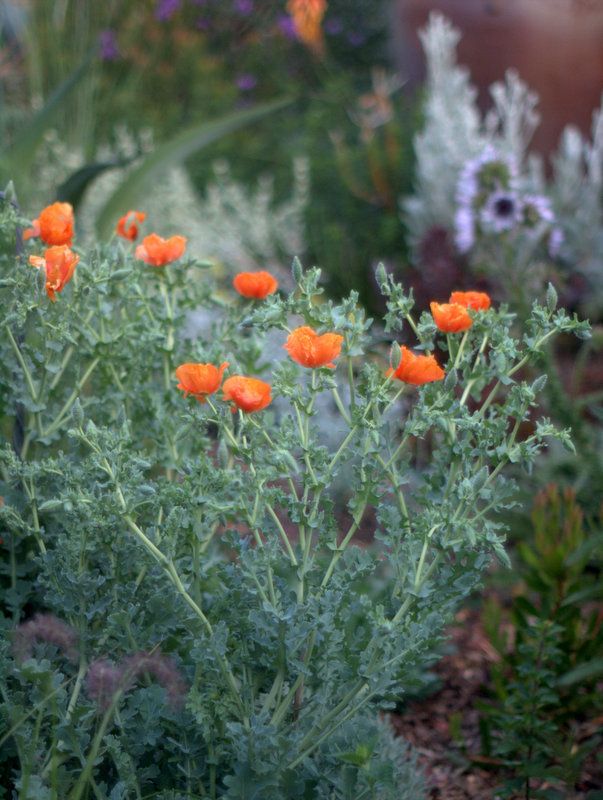
Glaucium grandiflorum, planted spring 2014. Another very tough customer that never gets a minute’s worry from me.
Except I do worry a bit that there’s been no seedlings, and it’s not known for longevity. There’s always something to worry about…
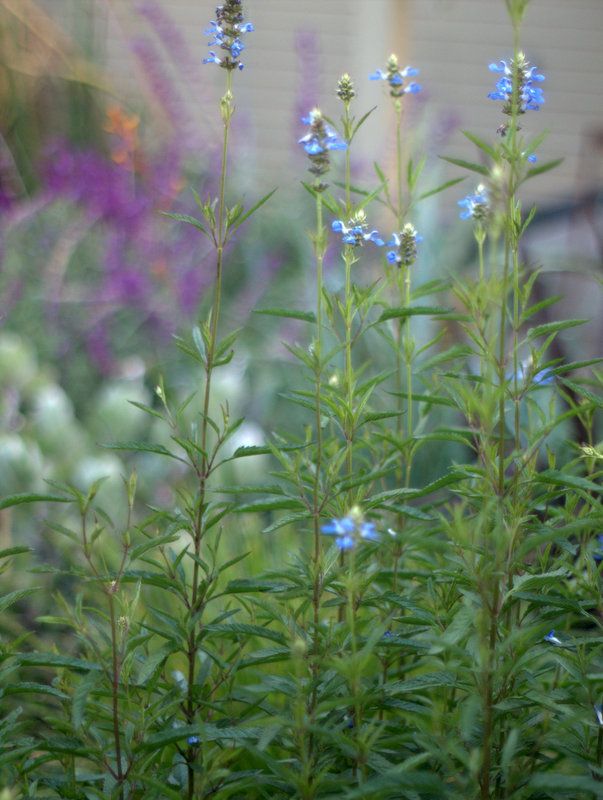
Salvia uliginosa, aka the bog sage. Quite the misnomer. Another plant that wouldn’t mind moister conditions but manages fine without.
This salvia, planted fall 2015, like similarly easy ‘Waverly’ and S. chiapensis, cycles in and out of the garden. The bog sage adds wonderful swaying movement. (And hummingbirds.)
My heavy soil incites intense emotions. I hate it and I love it. I love it when its stiffness and heaviness keeps plants like the bog sage and tetrapanax from running rampant.
I love it for allowing me to grow unlikely candidates like Rudbeckia maxima and Persicaria amplexicaulis without toting buckets and buckets of water.
(I hate it for harboring pathogens that it unleashes on warm summer days to kill prized dry garden shrubs.)

The reseeding ‘Ondra’s Brown Mix’ nicotianas are still incredibly lovely, so needed their portrait included as well.
And so on with May!

